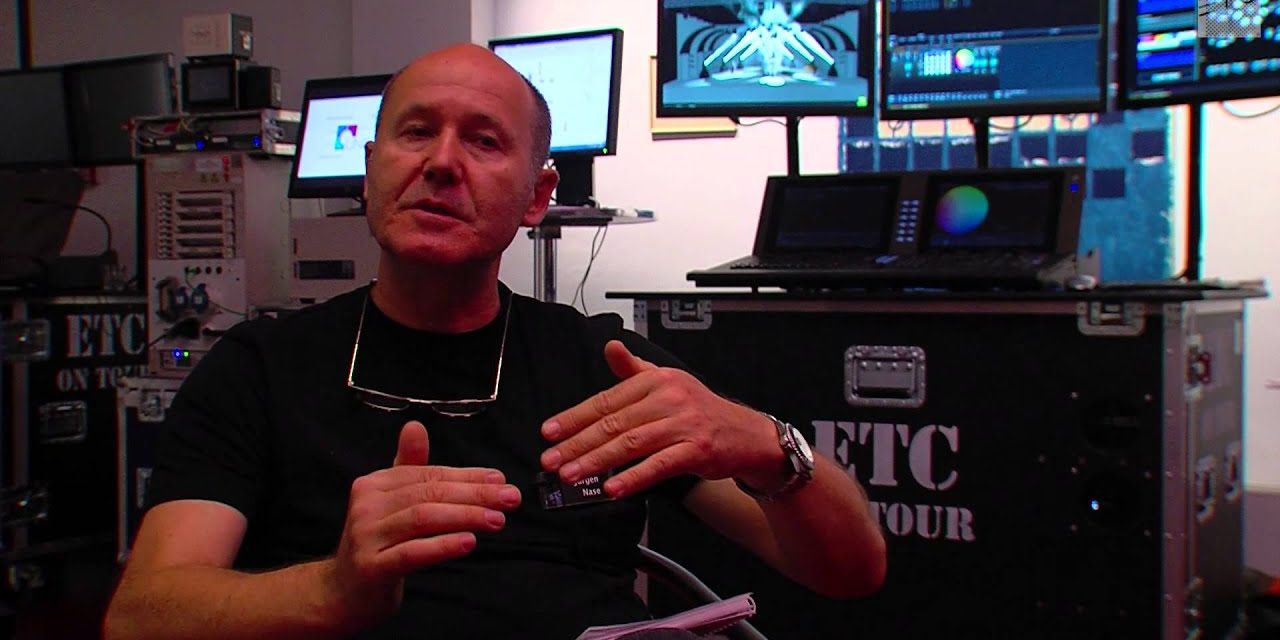 The concept of sustainability is one which is increasingly being applied to theatres, trade fairs, to public events and spaces in general, in fact. The arts as a whole have also seen a great emphasis on continual improvement, testing new technologies and ways to lessen environmental impacts. This October saw a conference being held in Gallus Theater in Frankfurt tackling this very subject, specifically “Energy Efficiency in Theatres in Hesse”. Partner ETC used a specially choreographed ballet production to demonstrate the potential modern LED technology offers for saving energy in the theatre.
The concept of sustainability is one which is increasingly being applied to theatres, trade fairs, to public events and spaces in general, in fact. The arts as a whole have also seen a great emphasis on continual improvement, testing new technologies and ways to lessen environmental impacts. This October saw a conference being held in Gallus Theater in Frankfurt tackling this very subject, specifically “Energy Efficiency in Theatres in Hesse”. Partner ETC used a specially choreographed ballet production to demonstrate the potential modern LED technology offers for saving energy in the theatre.
Energy Efficiency and New Creative Opportunities on Stage
Lighting designer Jürgen Nase presented the ETC Source Four LED Series 2 spotlight with x7 Color System, saying that they consume significantly less power than comparable conventional spotlights, and that they also give off less heat, which also has great potential for savings. “Conventional lighting systems require air-conditioning to deal with the excess heat. This means that many theatres, such as Essen’s Aalto, have their catacombs packed with air-conditioning equipment. LED systems remove the need for this.”
An additional bonus is the creative freedom that the ETC spots provide to lighting designers and theatre professionals alike. Yes, a conventional light provided with a filter will emit red light, but also a whole series of other spectrums, as Nase notes. LED produces just a single colour, meaning it reacts completely differently. “If we understand this effect and use it constructively, we can make costumes turn black on stage, we can highlight costumes perfectly. We can use it to paint pictures, completely change the scenery with just a change of colour. As a lighting designer, that is the one single thing about LEDs that I find most exciting.”
Choreographer Stéphen Delattre, who was responsible for the ballet, was also enthusiastic about the potential offered by LED spotlights. “You save time and above all effort and faff, you’re not up and down ladders to change colours anymore, it leaves you free to spend much more time working on the stage. The results speak for themselves.”






